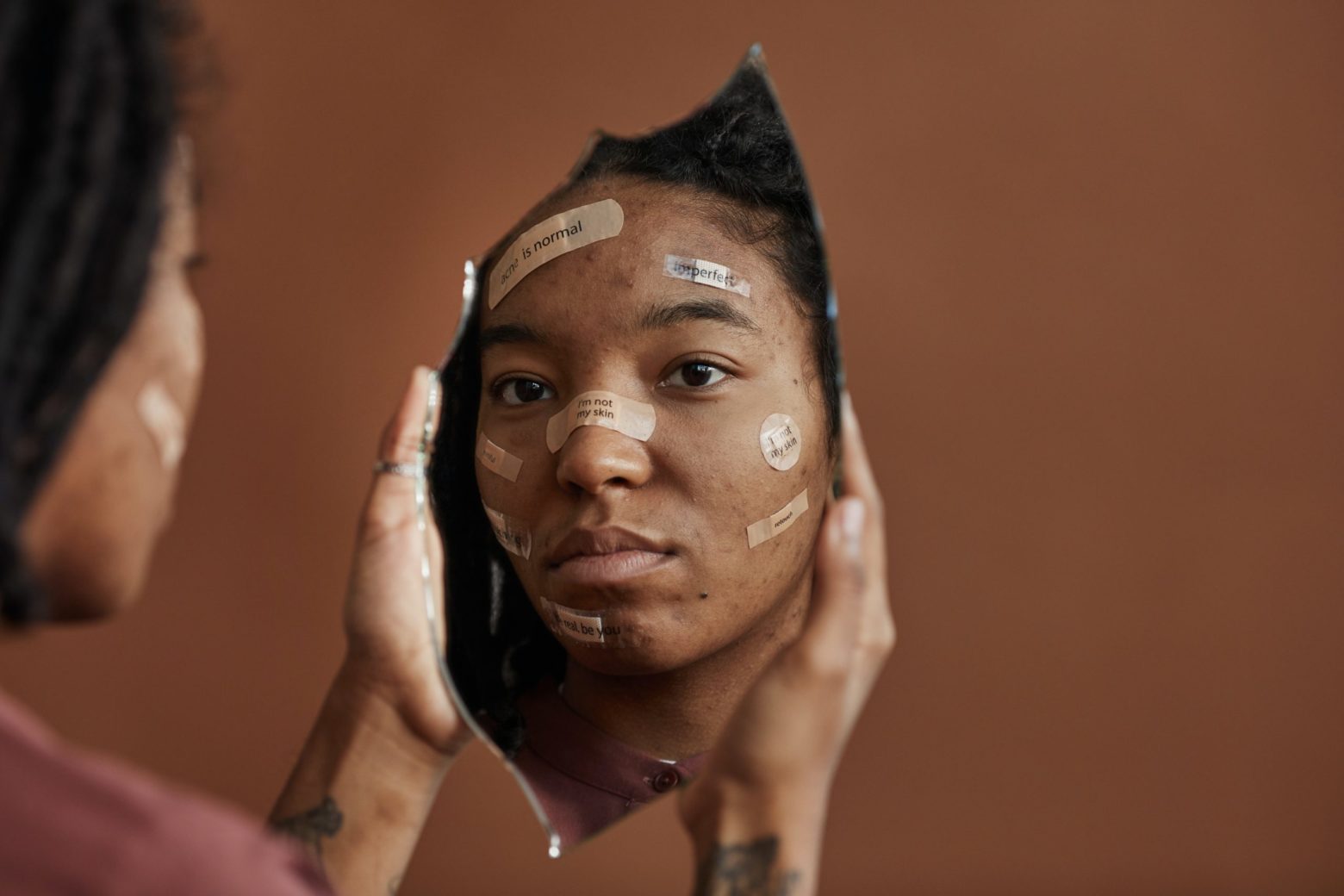Many are aware of colorism, texturism or maybe even featurism but these may all apply to a simpler term known as appearance-based discrimination.
The True Cost of Beauty report by Dove in collaboration with researchers from Harvard and Deloitte Access Economics shows how appearance-based discrimination is costing the U.S. hundreds of billions of dollars each year.
What is Appearance-based Discrimination?
As defined in the Dove report, appearance-based discramntion is: “The differential unfair or prejudicial treatment of someone on the basis of their appearance.” This applies to discmantion against one’s skin color, hair texture, weight, facial features, ect. In America this form of discrimination occurs for a variety but the overall reverence for eurocentric beauty standards is at the core of the matter.
How Appearance-based Discrimination Is Costing The US Billions
The Dove report showed that on average in each year $501 billion of dollars are lost due to appearance based discrimination. This can be broken down into financial costs and loss of wellbeing costs. Some startling facts from the report revealed:
- “Those who selfrate their skin as the darkest shade are 1.54 times more likely to report being depressed, compared to those who rate themselves as being of the lightest skin shade, within the same race.”
- “Natural hair discrimination affected 5 million people with Black and women being 3.4 times more likely to be perceived as ‘unprofessional’ due to their hair when compared to non-Black women.”

- “An individual’s skin shade has been shown to correspond with a 15% increase in the likelihood of receiving a prison sentence.”
- “Discriminatory incarceration on the basis of skin shade cost society $2.7 billion in 2019, which includes additional expenditure on prisons ($1.4 billion), forgone earnings due to incarceration ($1 billion) and a loss of economic efficiency from government expenditure and forgone taxation revenue ($211 million).”
- “The productivity losses associated with weight and skin shade discrimination in the labor market cost the society $175.4 billion in 2019, which included reduced employment costs of $73.2 billion and wage gaps leading to an economic loss of $102.2 billion.”
Ways To Fight Against Appearance-based Discrimination
Though tackling appearance-based discrimination is a complex matter, changes made by employers, the media, the government, and others— will help ensure a massive shift is possible.
Some of the effective changes discussed in the report included:
- Reviewing and checking the grooming policies of employee handbooks.
- Expanding the anti-discrimination law, so that it prohibits height skin shade, natural hairstyles, or any other unique characteristics.
- The promotion of appearance diversity in advertising and general media.
- Improving the overall training of medical staff as it pertains to stop basis when comes to medical treatment/service.
The House passed the CROWN Act, which bans race-based hair discrimination and now the legislation heads to the Senate. pic.twitter.com/XIEu0YawG7
— HuffPost (@HuffPost) March 18, 2022
As it stands now there have been several victories in the battle to end appearance-based discrimination. Some of these successes include the CROWN Act, which looks to end all forms of race-based hair discrimination. With it currently being adapted into law in 19 states and passing through the House, the Crown Act is several steps closer to becoming federal law.
The full True Cost Of Beauty report can be viewed here
